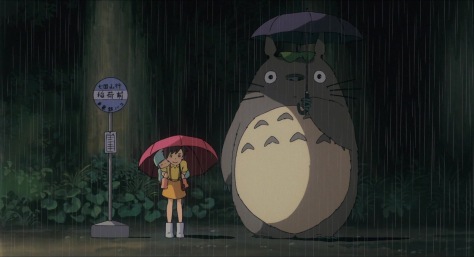By Dennis Hartley
(Originally posted on Digby’s Hullabaloo on October 10, 2015)

In my 2010 review of the documentary, Marwencol, I opened with the following quote:
From whence it follows, that one thing cannot have two beginnings of existence, nor two things one beginning; it being impossible for two things of the same kind to be or exist in the same instant, in the very same place; or one or the same thing in different places.
-John Locke, from An Essay Concerning Human Understanding
I’ve often wondered if twins were the possible exception to Locke’s rule. I’m sure we’ve all known twins (you might be one, for all I know). Likewise, we’ve observed those quirks unique to twins (like finishing each other’s sentences). But what about their minds, their consciousness? That’s when it gets into a weird area; which may offer some explanation for the weird and unique micro-universe that identical twins Stephen and Timothy Quay have been able to create through their stop-motion animation short films.
Three of their films have been curated by director Christopher Nolan as part of a special touring package that includes the world premiere of Nolan’s own short, Quay. Unfortunately, a preview copy of Nolan’s film was not available for review, but I am familiar with the three Quay Brothers selections (In Absentia, The Comb, and Street of Crocodiles), which have now been bundled and re-titled as The Quay Brothers on 35mm.
It’s difficult to describe the Quay Brothers to the uninitiated. As I mentioned earlier, what they have created is literally their own micro-cosmos; their “sets” are meticulously detailed miniature constructs, and they use found objects, common household items (and occasional cameos from human actors) for perspective.
This attention to micro detail gives them something in common with the subject of the documentary I referred to earlier, which profiles photo-artist Mark Hogancamp, who found a unique way to deal with the physical and mental trauma he suffered from a near-fatal beating. As I wrote:
Now, the Mark Hogancamp, that is to say, the corporeal being we perceive as “Mark Hogancamp” may exist and “live” in Kingston, N.Y., but as far as Mark himself is concerned, he actually lives in “Marwencol”. And Marwencol actually does “exist”. That being said, you’re not going to find Marwencol on Google Earth, because the entire town is located within the confines of Mark’s back yard. It’s a stunningly realistic 1/6 scale WW 2-era town, populated by G.I. Joes and Barbies, constructed over a period of years. This is not a hobby; it is on-going therapy (a luxury that he could not afford). Every doll has a back story; many are alter-egos of his friends and neighbors (including himself).
Is this a thing? Did the Quay Brothers experience a childhood trauma? I wonder if it’s therapy for them (once you’ve seen their work, you may beg them to get therapy). At any rate, do not expect traditional narrative. Their films can be unsettling…but not for the reasons you might assume. There’s no inherent violence, nor are they trying to “scare” you. Their films are more like pieces of dreams, or perhaps a screen capture of that elusive nanosecond of Jungian twilight that exists between nodding off and disconcertingly jerking awake a moment later. Catch them on the big screen if you can.









